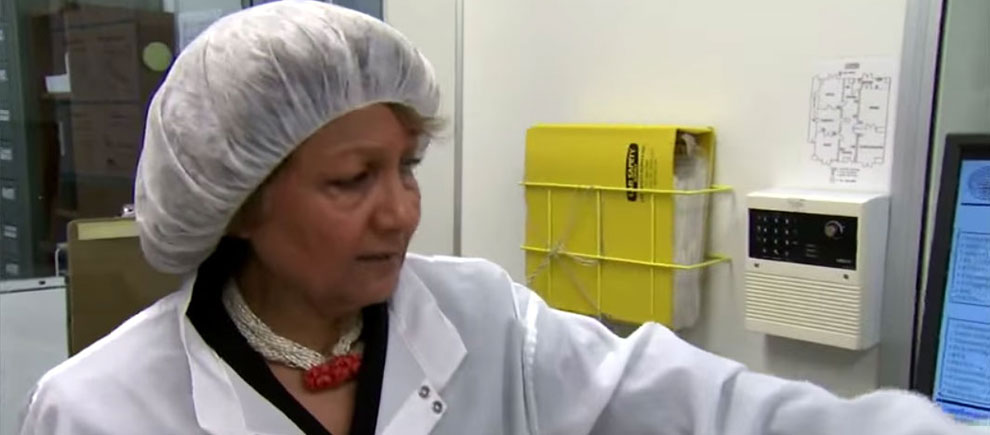A New Type of Superlattice sees Colder Objects in Two Colors
From their use in telecommunication to detecting hazardous chemicals, lasers play a major role in our everyday lives. They keep us connected, keep us safe, and allow us to explore the dark corners of the universe.

The wavelength tunability and material robustness of gallium–free type–II superlattice have generated much attention in recent years. This is especially true with respect to the performance of the current state–of–art narrow–bandgap materials in photodetectors, and specifically in a part of the electromagnetic spectrum between 8 and 12μm, called the long-wavelength infrared (LWIR). As the detection wavelength moves into the LWIR, where objects at and below room temperature emit most of their radiation, this artificial semiconductor becomes a prime choice for making high–performance infrared cameras.
Manijeh Razeghi, Walter P. Murphy Professor of Electrical Engineering and Computer Science and her research team at Center for Quantum Devices, consisting of Abbas Haddadi, Arash Dehzangi, Romain Chevallier, and Sourav Adhikary pushed the envelope further and used gallium–free type–II superlattice to demonstrate inexpensive and robust dual–band photodetectors in LWIR. The idea of capturing light simultaneously at different wavelengths is not new and commercially–available digital cameras sense red, green, and blue light to replicate the vast majority of colors perceived by the human eye. However, multi–band detection in the infrared offers unique functionalities beyond simple color representation. The resonant frequencies of compounds can often be found in this spectral range, which means that chemical spectroscopy can be relayed in images in real time. When coupled with image processing algorithms performed on multiple wave–bands, the amount of information rendered in a particular scene is tremendous.
The result of this research was published in the June 13, 2017 issue of Nature Scientific Reports.
